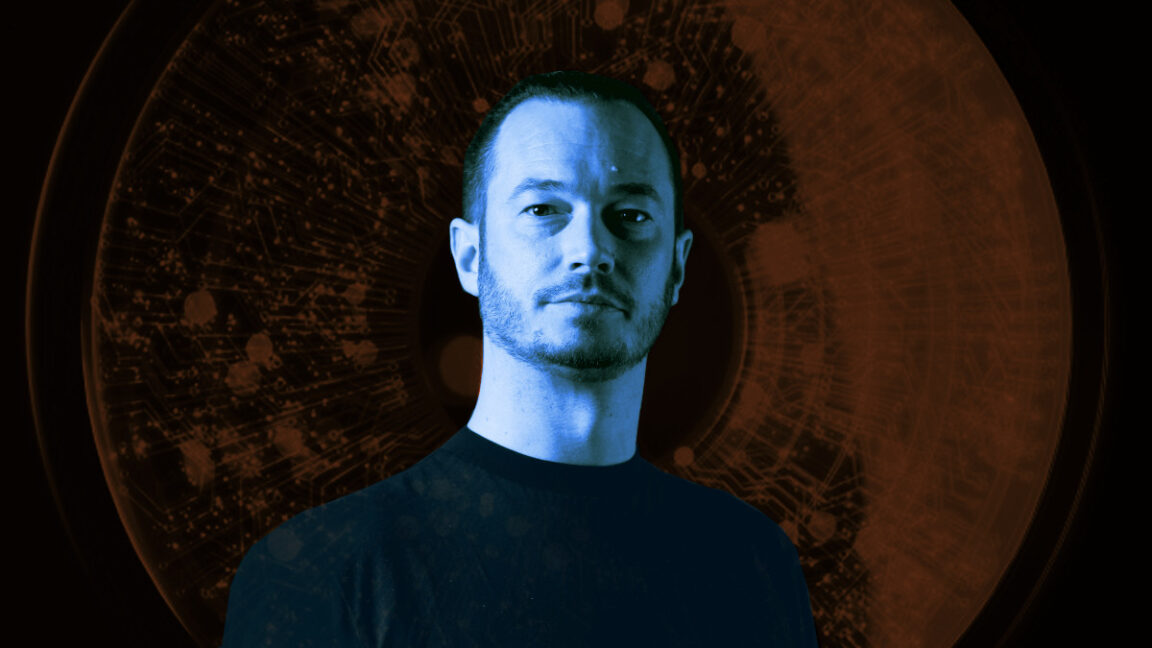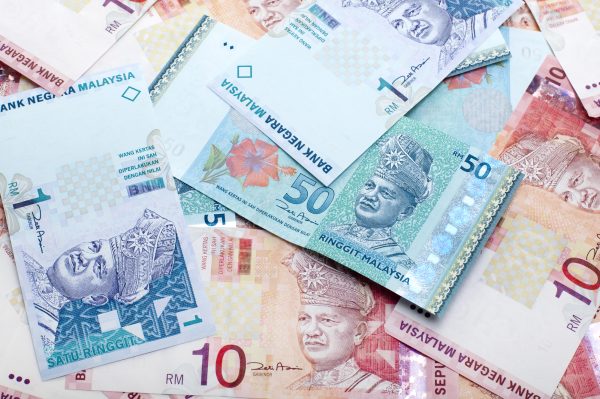This is today’s edition of The Download, our weekday newsletter that provides a daily dose of what’s going on in the world of technology.
Three-parent baby technique could create babies at risk of severe disease
When the first baby born using a controversial procedure that meant he had three genetic parents was born back in 2016, it made headlines. The baby boy inherited most of his DNA from his mother and father, but he also had a tiny amount from a third person.
The idea was to avoid having the baby inherit a fatal illness. His mother carried genes for a disease in her mitochondria. Swapping these with genes from a donor—a third genetic parent—could prevent the baby from developing it. The strategy seemed to work.
But it might not always be successful. MIT Technology Review can reveal two cases in which babies conceived with the procedure have shown what scientists call “reversion.” In both cases, the proportion of mitochondrial genes from the child’s mother has increased over time, from less than 1% in both embryos to around 50% in one baby and 72% in another.
Fortunately, both babies were born to parents without genes for mitochondrial disease. But the scientists behind the work believe that around one in five babies born using the three-parent technique could eventually inherit high levels of their mothers’ mitochondrial genes.
For babies born to people with disease-causing mutations, this could spell disaster—leaving them with devastating and potentially fatal illness. Read the full story.
—Jessica Hamzelou
Researchers launched a solar geoengineering test flight in the UK last year
Last September, researchers in the UK launched a high-altitude weather balloon that released a few hundred grams of sulfur dioxide into the stratosphere, a potential scientific first in the solar geoengineering field, MIT Technology Review can reveal.
In theory, spraying sulfur dioxide in the stratosphere could mimic a cooling effect that occurs in the aftermath of major volcanic eruptions, reflecting more sunlight into space in a bid to ease global warming. It’s highly controversial given concerns about potential unintended consequences, among other issues.
But the UK effort was not a geoengineering experiment. Rather, the stated goal was to evaluate a low-cost, controllable, recoverable balloon system. And some are concerned that the effort went ahead without broader public disclosures and engagement in advance. Read the full story.
—James Temple
The 11th Breakthrough Technology of 2023 takes flight
It’s official—after over a month of open voting, hydrogen planes are the readers’ choice for the 11th item on our 2023 list of Breakthrough Technologies!
It just so happens there’s also some exciting news about hydrogen planes this week. Startup Universal Hydrogen is planning a test flight today. If all goes according to plan, it’ll be the largest aircraft yet to fly powered by hydrogen fuel cells.
But even if the test flight is successful, there’s a long road ahead before cargo or passengers will climb aboard a hydrogen-powered plane. Read the full story.
—Casey Crownhart
Casey’s story is from The Spark, her weekly climate change and energy newsletter. Sign up to receive it in your inbox every Wednesday.
Vote for our amazing magazine covers
MIT Technology Review has been nominated in the American Society of Magazine Editors’ best cover contest readers choice awards! Simply like your favorite cover out of the Urbanism issue, Money issue, and Gender issue on Twitter for your vote to count (or even vote for all three!) You’ve got until March 31.
The must-reads
I’ve combed the internet to find you today’s most fun/important/scary/fascinating stories about technology.
1 OpenAI wants to make AI smarter than humans
Rushing to build such models doesn’t exactly fill ethicists with confidence, though. (Vox)
+ AI-powered search is getting really messy. (Slate $)
+ Chatbots aren’t human, and we’d do well to remember that. (NY Mag $)
+ OpenAI could do with a bit less hype, according to executive Mira Murati. (Fast Company $)
+ How to create, release, and share generative AI responsibly. (MIT Technology Review)
2 The hunt for greener graphite is on
It’s essential for EV batteries, and supplies are running low. (Economist $)
+ A village in India has been caught in the crosshairs of a lithium mining boom. (Wired $)
3 Twitter is being stretched to breaking point
It’s running on a skeleton staff, and glitches and outages keep cropping up. (WSJ $)
+ It suffered a major outage just yesterday. (BBC)
+ Twitter’s becoming a seriously boring place to be. (FT $)
+ What happened to Elon Musk’s plan to turn it into an “everything app”? (Ars Technica)
+ Here’s how a Twitter engineer says it will break. (MIT Technology Review)
4 NASA’s SpaceX crew is on its way to the ISS
They’re expected to spend a full year in orbit. (CBS News)
5 Psychedelics are being trialed as a treatment for anorexia
Scientists are cautiously interested in how breaking from reality could benefit patients. (FT $)
+ The UK has opened its first psychedelic therapy clinic. (Vice)
+ Psychedelics are having a moment and women could be the ones to benefit. (MIT Technology Review)
6 TikTok’s screen time limit for teens is easily circumvented
But the company insists it’s still a meaningful intervention. (NPR)
7 Turkey has shut down its most popular social platform
Residents had used Ekşi Sözlük to organize relief in the wake of the earthquakes. (The Guardian)
8 How greenwashing finally fell out of fashion
Financial regulation is going to make it a whole lot harder to get away with. (The Atlantic $)
9 What AI art can teach us about real art
There are no memories or lived experience behind AI pictures, for one. (New Yorker $)
+ This artist is dominating AI-generated art. And he’s not happy about it. (MIT Technology Review)
10 How the Xerox Alto changed the world 
The 50-year old computer paved the way for modern laptops. (IEEE Spectrum)
Quote of the day
“If you enjoyed your ride, please don’t forget to give us five stars.”
—A SpaceX mission control manager jokes around with the crew onboard the Falcon 9 rocket en route to the International Space Station, Reuters reports.
The big story
We’re getting a better idea of AI’s true carbon footprint
November 2022
Large language models have a dirty secret: they require vast amounts of energy to train and run. But it’s still a bit of a mystery exactly how big these models’ carbon footprints really are. But AI startup Hugging Face believes it’s come up with a new, more accurate way to calculate it.
The startup’s work could be a step toward more realistic data from tech companies about the carbon footprint of their AI product—and comes at a time when experts are calling for the sector to do a better job of evaluating AI’s environmental impact. Read the full story.
—Melissa Heikkilä
We can still have nice things
A place for comfort, fun and distraction in these weird times. (Got any ideas? Drop me a line or tweet ’em at me.)
+ Tidycore is one TikTok trend that sounds rewarding, if exhausting.
+ Giant armadillos are seriously cute—and seriously endangered.
+ This is so heartwarming: Turkey’s baklava makers are back in business after the devastating earthquake.
+ I love these recipes for entertaining at home: make mine a horseradish vodka bloody mary.
+ The internet has a lot of Thoughts about the newly announced Lord of the Rings movies.





















Discussion about this post